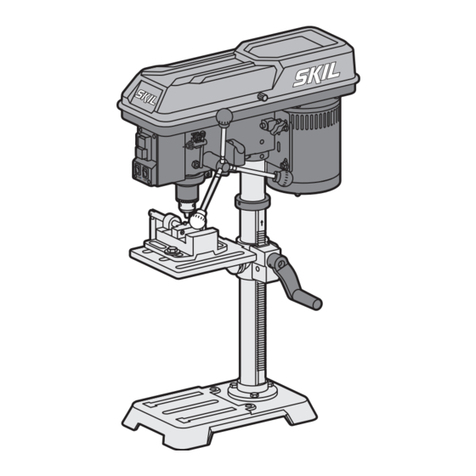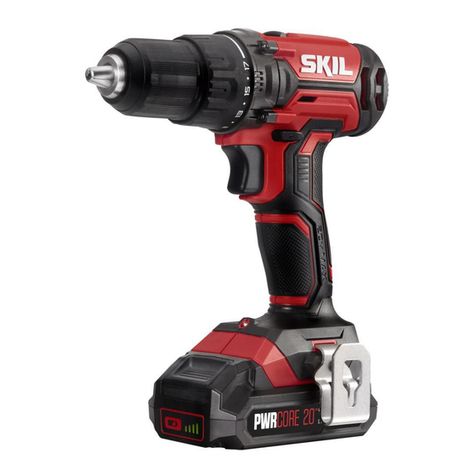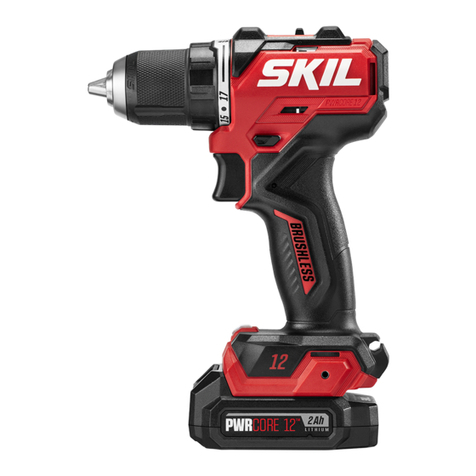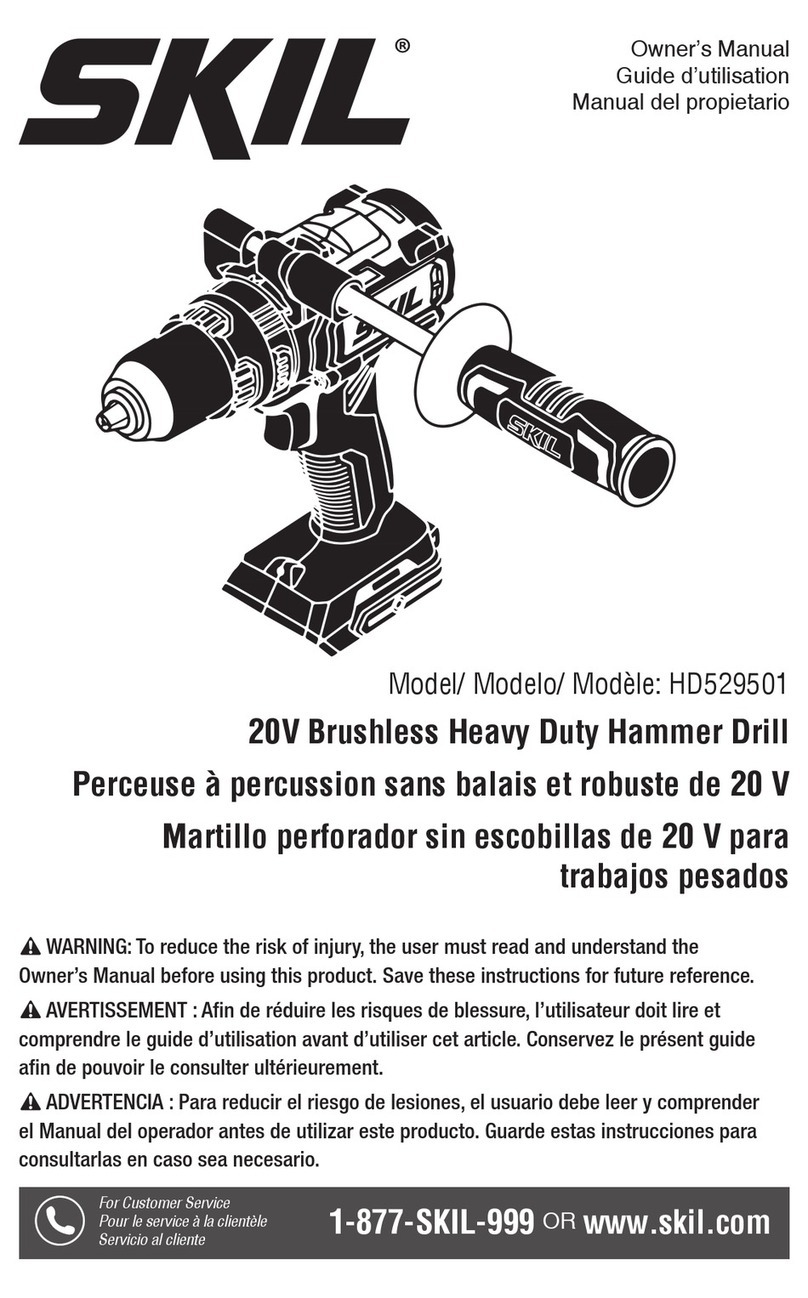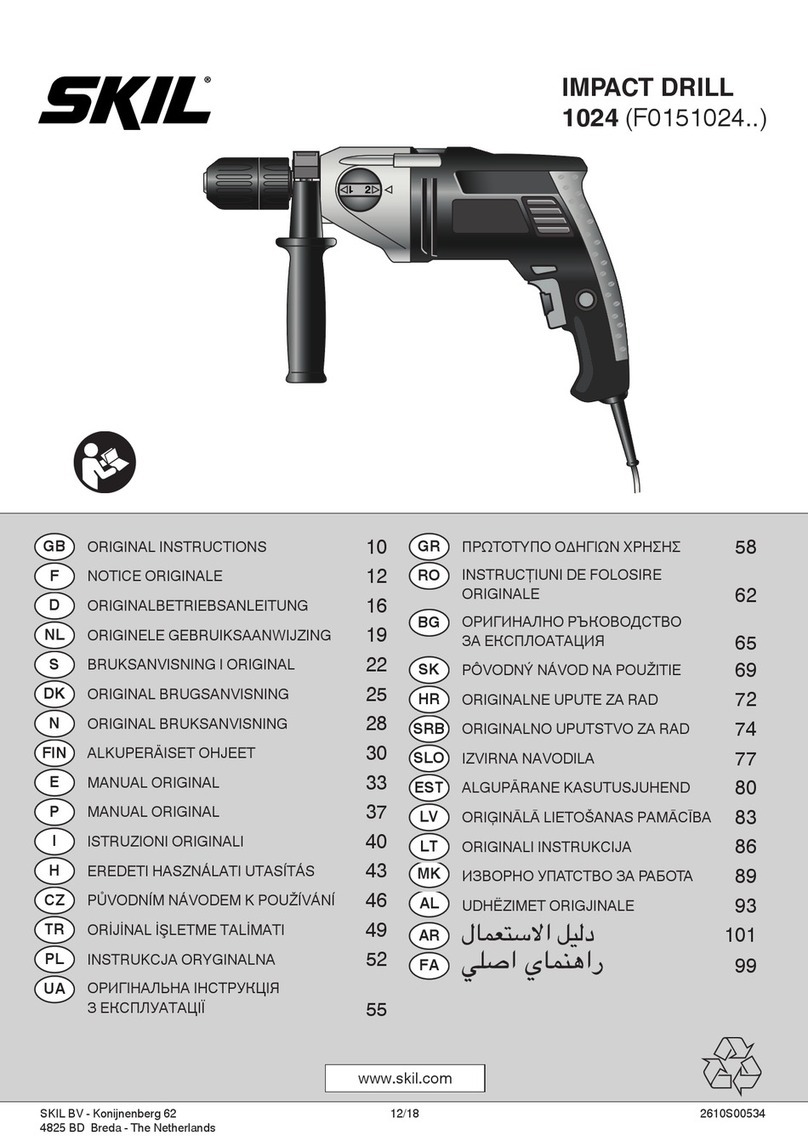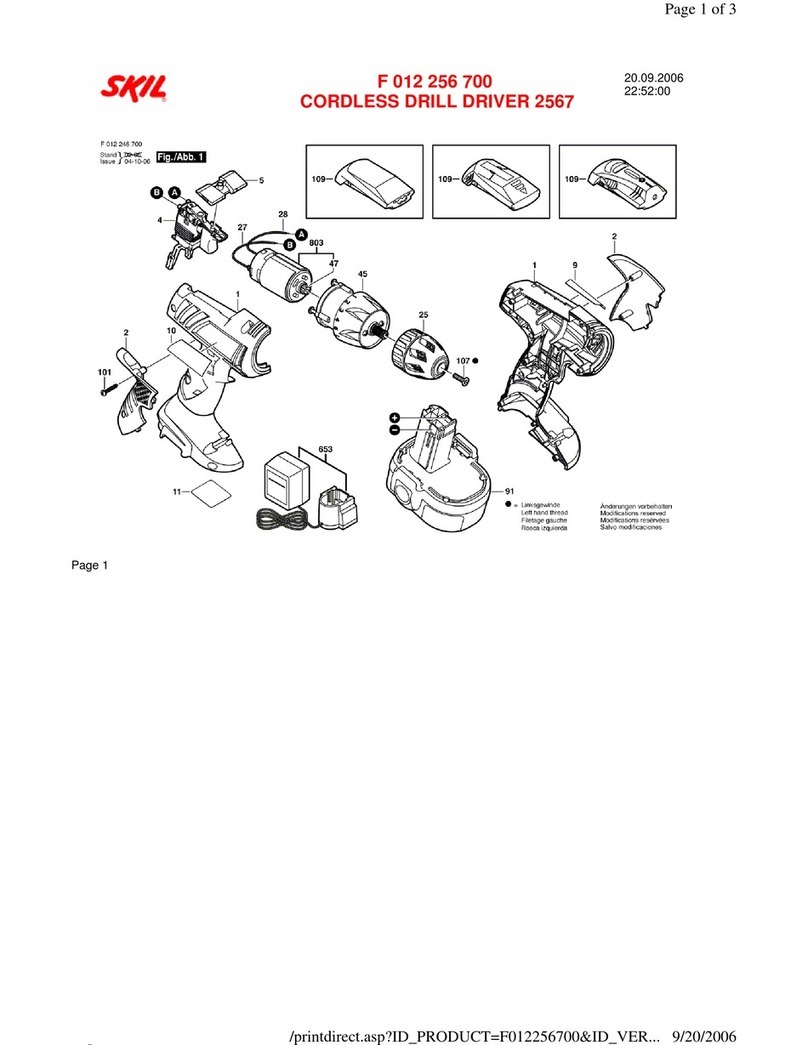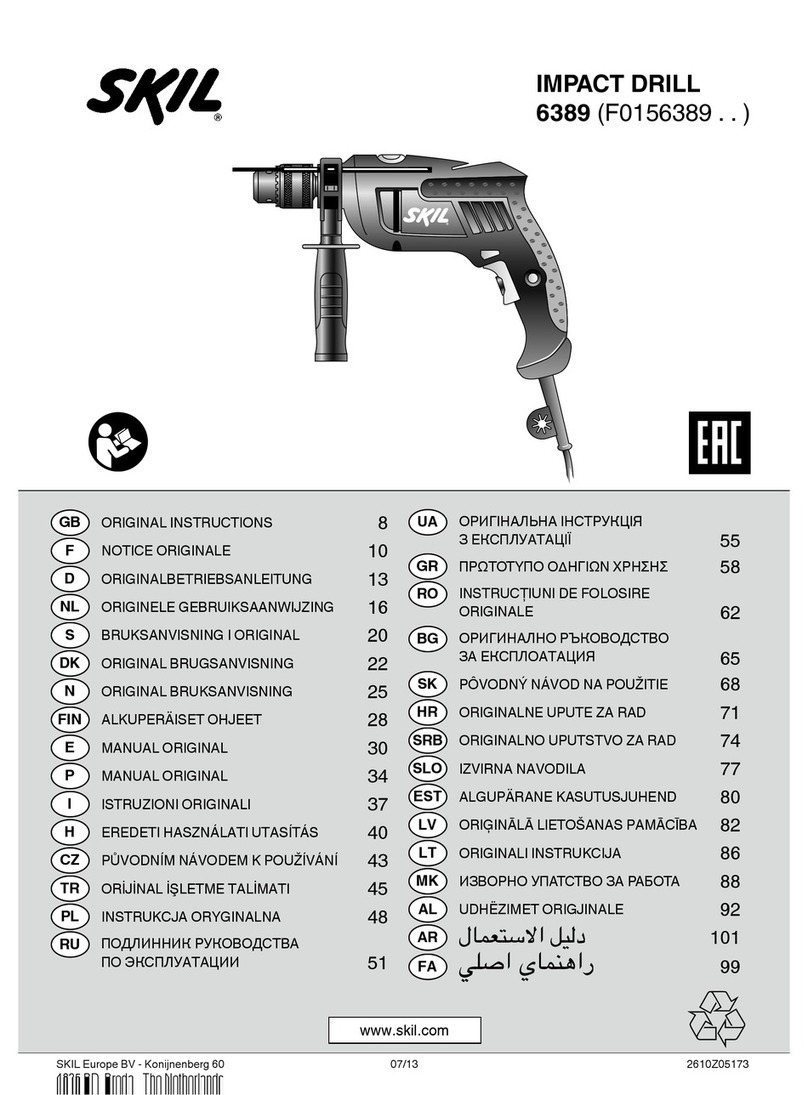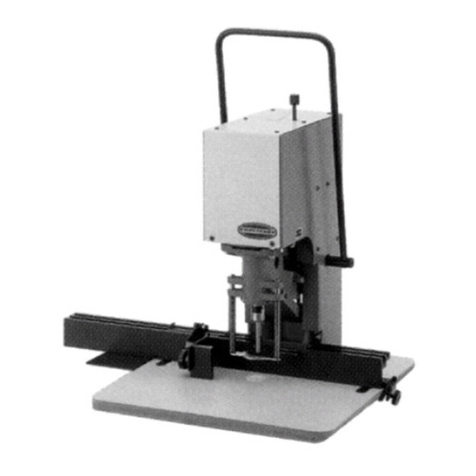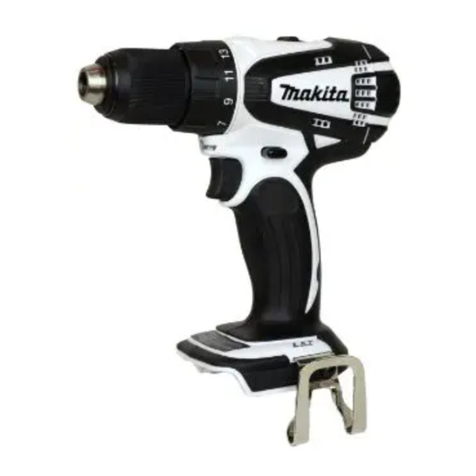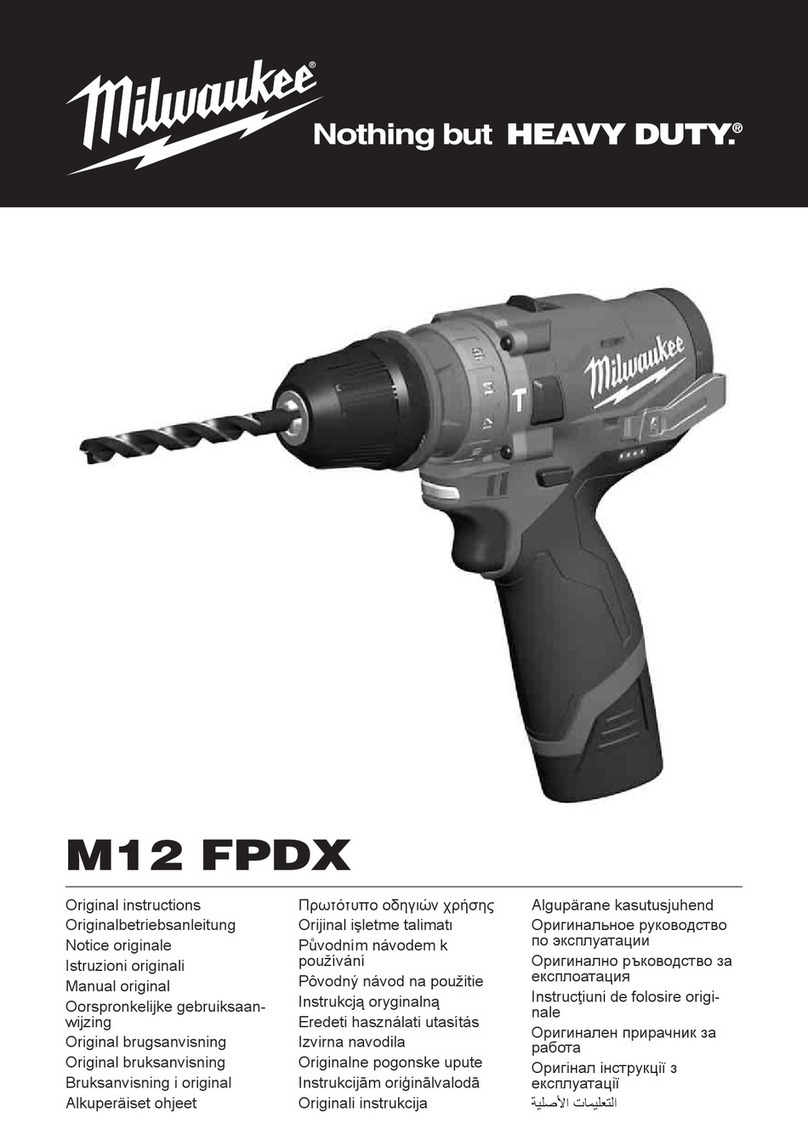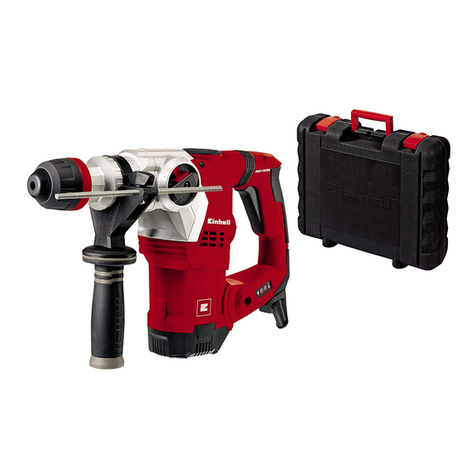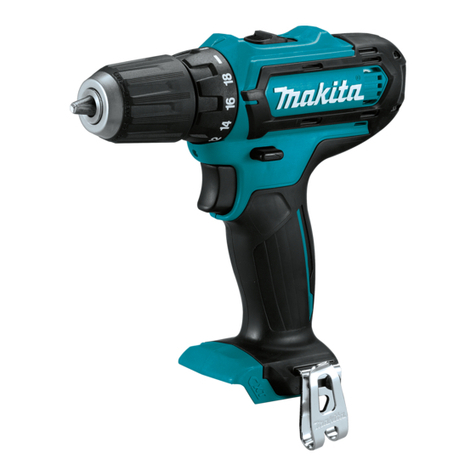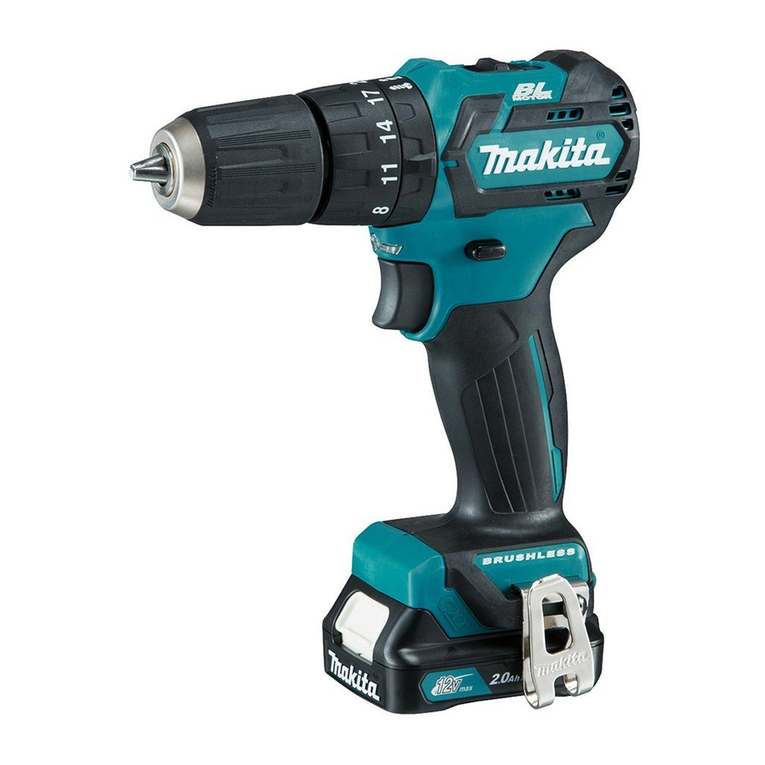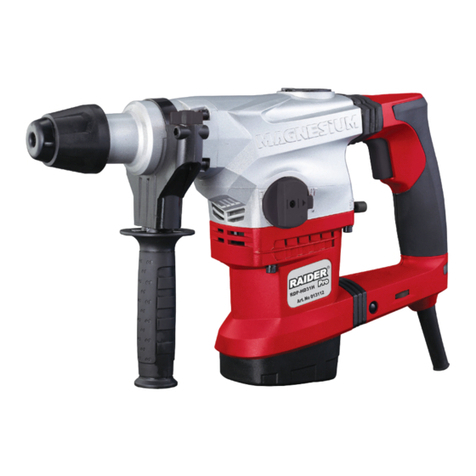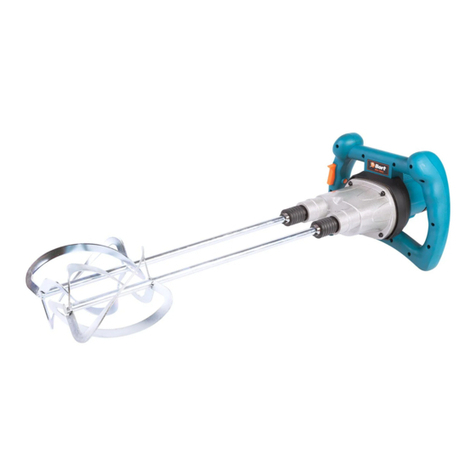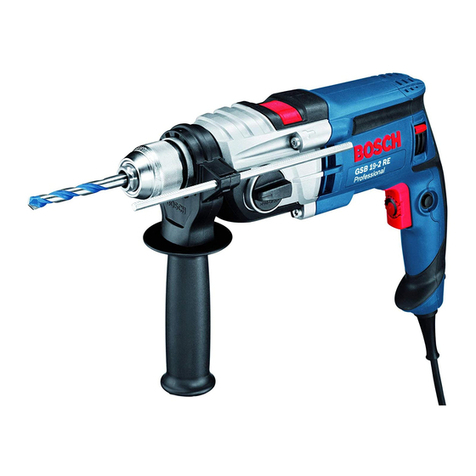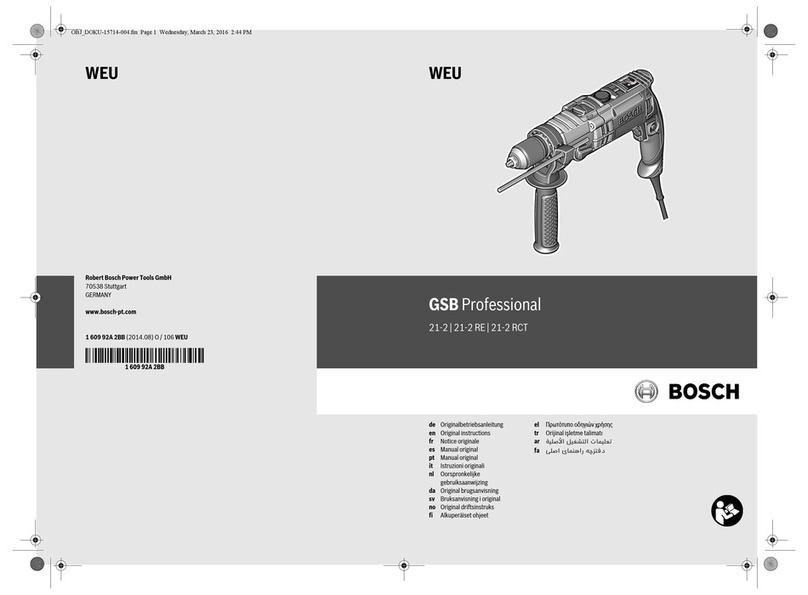Battery Care
When batteries are not in
tool or charger, keep them
away from metal objects. For example, to
protect terminals from shorting DO NOT place
batteries in a tool box or pocket with nails,
screws, keys, etc. Fire or injury may result.
DO NOT PUT BATTERIES INTO FIRE OR
E POSE TO HIGH HEAT. They may explode.
Battery Disposal
Do not attempt to
disassemble the battery or
remove any com ponent projecting from the
battery terminals. Fire or injury may result.
Prior to disposal, protect exposed terminals
with heavy insulating tape to prevent shorting.
Lithium-ion Batteries
If equipped with a lithium-ion battery, the battery
must be collected, recycled or disposed of in an
environ mentally sound manner.
“The EPA certified RBRC
Battery Recycling Seal on the
lithium-ion (Li-ion) battery
indicates Robert Bosch Tool
Corporation is voluntarily
participating in an industry program to collect
and recycle these batteries at the end of their
useful life, when taken out of service in the
United States or Canada. The RBRC program
Do not disassemble charger or operate the
charger if it has received a sharp blow, been
dropped or otherwise damaged in any way.
Replace damaged cord or plugs
immediately. Incorrect reassembly or
damage may result in electric shock or fire.
Do not recharge battery in damp or wet
environment. Do not expose charger to rain
or snow. If battery case is cracked or
otherwise damaged, do not insert into
charger. Battery short or fire may result.
Charge battery pack in temperatures above
+32 degrees F (0 degrees C) and below +113
degrees F (45 degrees C). Store tool and
battery pack in locations where
temperatures will not exceed 120 degrees F
(49 degrees C). This is important to
prevent serious damage to the battery cells.
Place charger on flat non-flammable
surfaces and away from flammable
materials when re-charging battery pack.
The charger and battery pack heat during
charging. Carpeting and other heat insulating
surfaces block proper air circulation which
may cause overheating of the charger and
battery pack. If smoke or melting of the case
are observed unplug the charger immediately
and do not use the battery pack or charger.
Use of an attachment not recommended or
sold by Skil may result in a risk of fire,
electric shock or injury to persons.
10 11
!
WARNING
!
WARNING
SM 1619X05087 12-09:SM 1619X05087 12-09 1/4/10 9:18 AM Page 10





